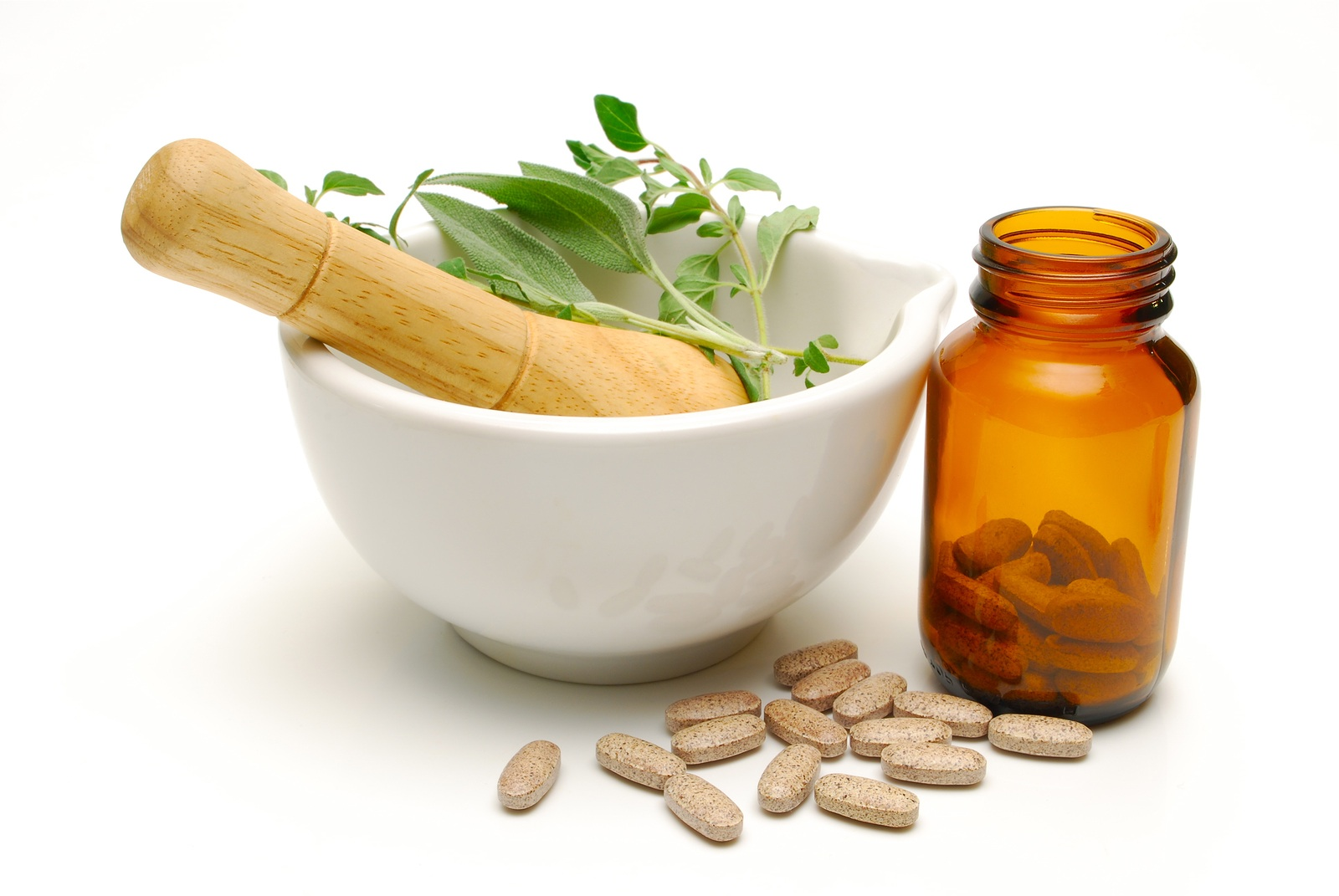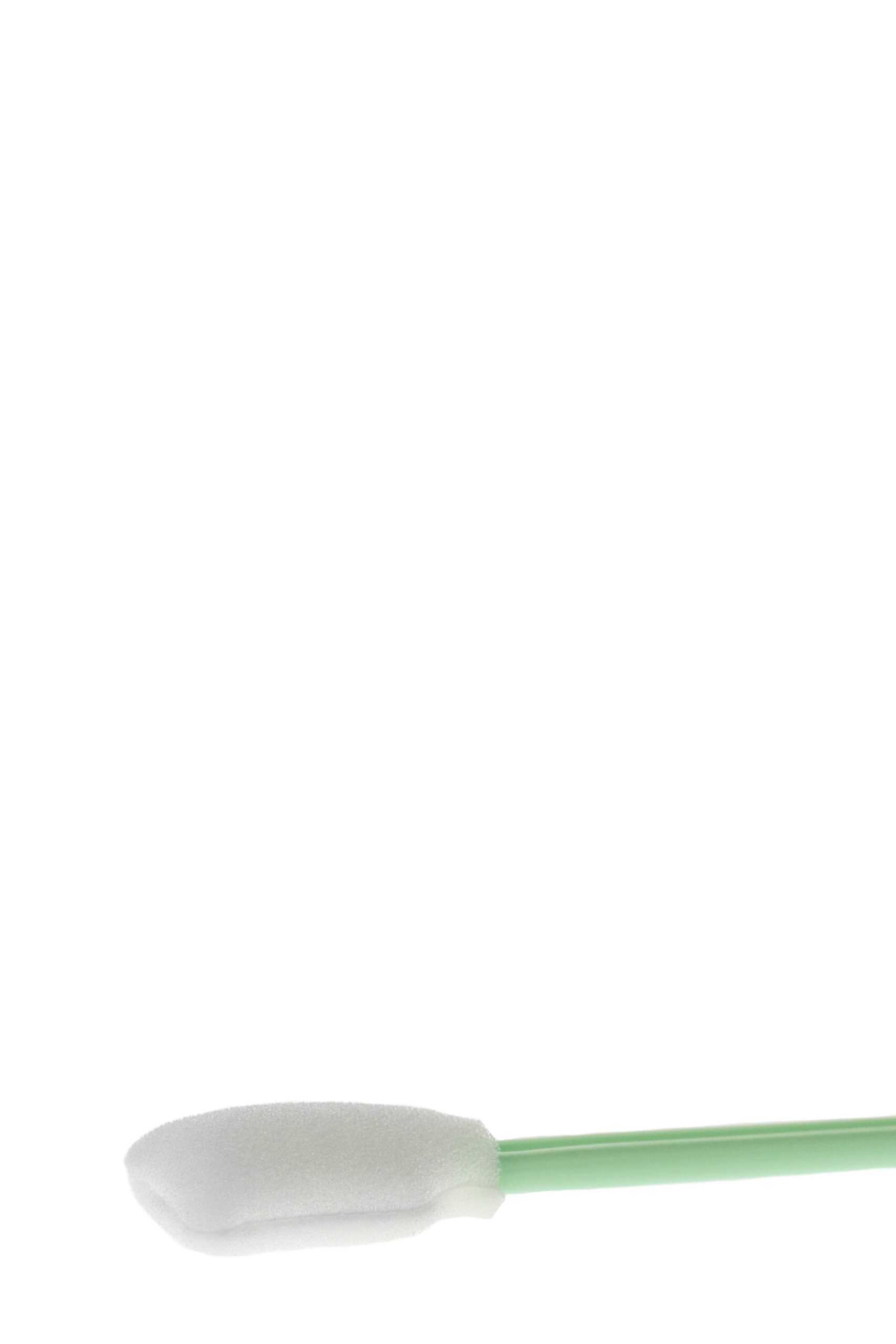If you enjoy smoking herb or tobacco from a glass bong, you know how important it is to keep it clean and fresh. A dirty bong can ruin the taste of your smoke, make you cough more, and harbor harmful bacteria and mold. Not to mention, it looks unsightly and unappealing.
Fortunately, cleaning a glass bong is not a difficult task. You don’t need to buy expensive or harsh chemicals to get the job done. You can use household items or natural products that you probably already have in your kitchen or bathroom. In this blog post, we will show you how to clean a glass bong with alcohol, salt, vinegar, baking soda, lemon juice, and boiling water. These methods are simple, effective, and eco-friendly.
Why You Need to Clean Your Glass Bong
Every time you smoke from your glass bong, tar and resin build up inside the chamber, the stem, and the bowl. These sticky substances can clog the airflow, reduce the potency of your herb or tobacco, and create a harsh and unpleasant smoke. They can also attract dust, dirt, and hair, making your bong look dirty and gross.
Moreover, if you don’t change the water in your bong regularly, it can become stagnant and contaminated with bacteria and mold. These microorganisms can pose a serious health risk if you inhale them into your lungs. They can cause infections, allergies, asthma, and other respiratory problems.
Therefore, it is essential to clean your glass bong at least once a week, or more often if you use it frequently. You should also change the water in your bong after every smoke session, or at least once a day. This will ensure that you get the best flavor and quality of your smoke, as well as prevent any health issues.
How to Clean a Glass Bong with Alcohol and Salt
One of the most popular and effective methods of cleaning a glass bong is using isopropyl alcohol (also known as rubbing alcohol) and coarse salt. These ingredients work together to dissolve and scrub away the tar and resin from your bong. Here are the steps to follow:
- Separate all the moving pieces from the bong. This includes the bowl, the slide, and the stem. You will clean them separately in resealable plastic bags.
- Rinse out the pieces in hot water. This will loosen up any of the bigger chunks of tar and resin that may be clogging up your bong. Be careful not to use boiling water on a cold piece, as this can cause it to shatter. If your piece is cold, start with lukewarm water and slowly raise the temperature.
- Knock off any big pieces of resin with cotton swabs or pipe cleaners. If there are any large chunks of tar or resin that you can easily reach, simply knock them off with gentle scrubbing. If a chunk resists, that’s fine. You just want to get rid of the big, easily removed chunks now.
- Place the smaller parts in resealable plastic bags. Make sure that they can seal effectively. You’ll use the bag to contain your cleaning fluid while you soak the smaller pieces.
- Fill your plastic bags with isopropyl alcohol. Purchase 90% isopropyl instead of 71% whenever available, though both will work. They can be found in the first aid section of your supermarket or pharmacy. Make sure the pieces are fully submerged in the fluid.
- Add some coarse salt to each bag. The salt will act as an abrasive agent that will help scrub away the stubborn tar and resin from your pieces. You can use any kind of salt, such as table salt, sea salt, or kosher salt.
- Shake the bags vigorously for a few minutes. The alcohol and salt mixture will start to turn brown as it dissolves and removes the tar and resin from your pieces.
- Let the bags sit for an hour or longer. The longer you let them soak, the easier it will be to clean them later.
- Pour out the alcohol/salt mixture from each bag into a sink or toilet. Be careful not to spill any on yourself or on any surfaces that could be damaged by alcohol.
- Rinse each piece thoroughly with warm water and dish soap. Make sure no alcohol or salt are left on your pieces. You can use a bottle brush, a pipe cleaner, or a cotton swab to reach any hard-to-clean spots.
- Let the pieces dry completely before reassembling your bong. You can use a paper towel, a cloth, or a hair dryer to speed up the process.
- Enjoy your clean and fresh glass bong!
How to Clean a Glass Bong with Vinegar and Baking Soda
If you don’t have alcohol or salt, you can use vinegar and baking soda instead. These ingredients are also natural and effective at cleaning a glass bong. They create a fizzy reaction that helps loosen and remove the tar and resin from your bong. Here are the steps to follow:
- Separate all the moving pieces from the bong. This includes the bowl, the slide, and the stem. You will clean them separately in resealable plastic bags.
- Rinse out the pieces in hot water. This will loosen up any of the bigger chunks of tar and resin that may be clogging up your bong. Be careful not to use boiling water on a cold piece, as this can cause it to shatter. If your piece is cold, start with lukewarm water and slowly raise the temperature.
- Knock off any big pieces of resin with cotton swabs or pipe cleaners. If there are any large chunks of tar or resin that you can easily reach, simply knock them off with gentle scrubbing. If a chunk resists, that’s fine. You just want to get rid of the big, easily removed chunks now.
- Place the smaller parts in resealable plastic bags. Make sure that they can seal effectively. You’ll use the bag to contain your cleaning fluid while you soak the smaller pieces.
- Fill your plastic bags with white vinegar. You can use any kind of vinegar, but white vinegar is usually cheaper and more available. Make sure the pieces are fully submerged in the fluid.
- Add some baking soda to each bag. The baking soda will react with the vinegar and create bubbles that will help lift and remove the tar and resin from your pieces. You don’t need to measure the amount of baking soda, just sprinkle some until you see a good amount of fizzing.
- Shake the bags gently for a few minutes. The vinegar and baking soda mixture will start to foam up as it dissolves and removes the tar and resin from your pieces.
- Let the bags sit for an hour or longer. The longer you let them soak, the easier it will be to clean them later.
- Pour out the vinegar/baking soda mixture from each bag into a sink or toilet. Be careful not to spill any on yourself or on any surfaces that could be damaged by vinegar.
- Rinse each piece thoroughly with warm water and dish soap. Make sure no vinegar or baking soda are left on your pieces. You can use a bottle brush, a pipe cleaner, or a cotton swab to reach any hard-to-clean spots.
- Let the pieces dry completely before reassembling your bong. You can use a paper towel, a cloth, or a hair dryer to speed up the process.
- Enjoy your clean and fresh glass bong!
How to Clean a Glass Bong with Lemon Juice and Boiling Water
If you don’t have alcohol, salt, vinegar, or baking soda, you can use lemon juice and boiling water instead. These ingredients are also natural and effective at cleaning a glass bong. They use heat and acidity to help loosen and remove the tar and resin from your bong. Here are the steps to follow:
- Separate all the moving pieces from the bong. This includes the bowl, the slide, and the stem. You will clean them separately in resealable plastic bags.
- Rinse out the pieces in hot water. This will loosen up any of the bigger chunks of tar and resin that may be clogging up your bong. Be careful not to use boiling water on a cold piece, as this can cause it to shatter. If your piece is cold, start with lukewarm water and slowly raise the temperature.
- Knock off any big pieces of resin with cotton swabs or pipe cleaners. If there are any large chunks of tar or resin that you can easily reach, simply knock them off with gentle scrubbing. If a chunk resists, that’s fine. You just want to get rid of the big, easily removed chunks now.
- Place the smaller parts in resealable plastic bags. Make sure that they can seal effectively. You’ll use




